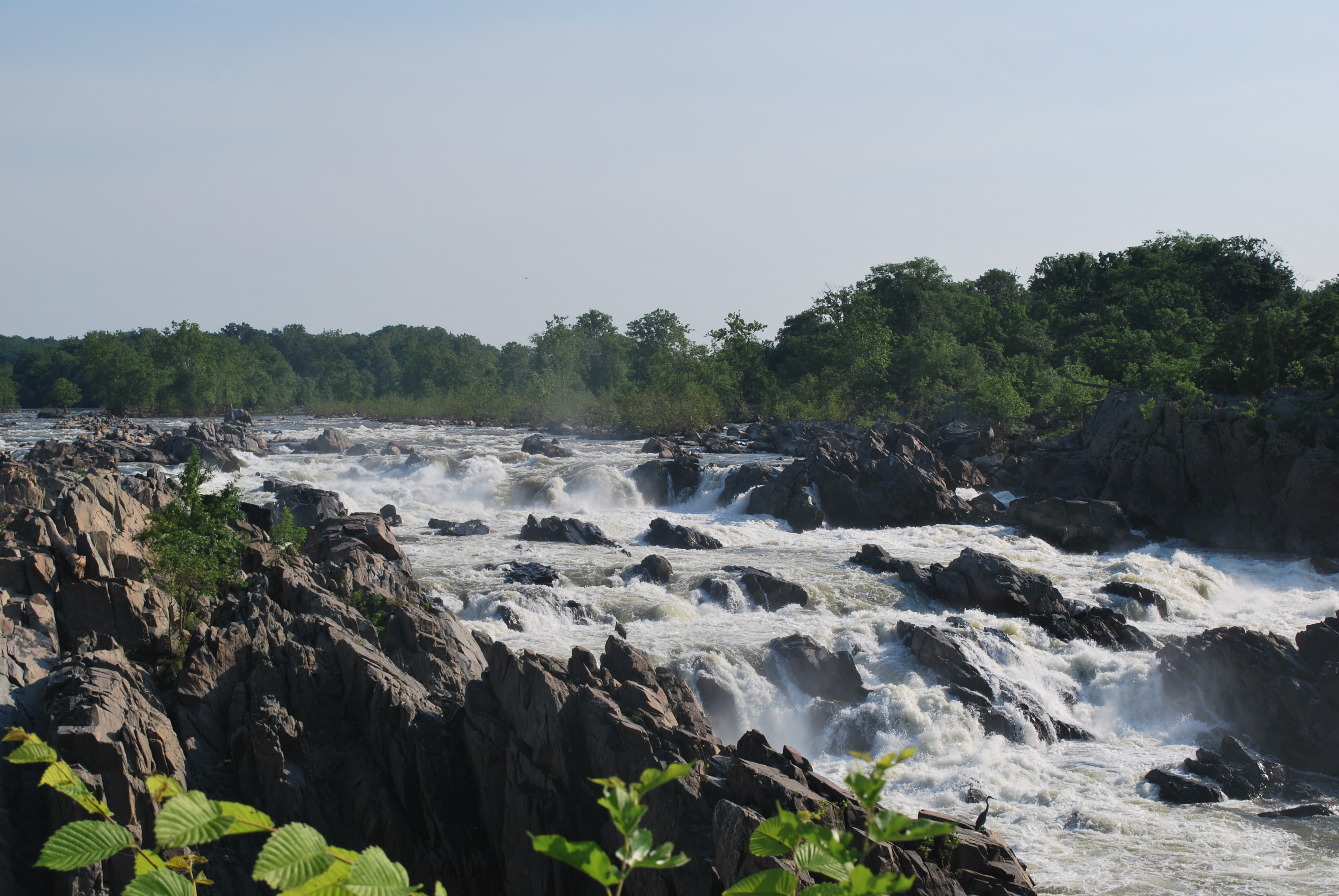COVID-19: Water’s Role in Protecting Public Health

The Centers for Disease Control and Prevention (CDC) says public drinking water disinfection and treatment is “one of the greatest public health achievements of the 20th century.” In the early 1900’s access to clean water helped dramatically reduce the occurrence of diseases including cholera and typhoid.
Today, we are reminded of the critical importance of clean water for public health as our region, the nation and the world grapples with what the World Health Organization is calling a global pandemic. The outbreak of a new coronavirus was first detected in China and has now spread to many more countries, continents and now our communities.
At DC Water we are taking proactive measures to ensure we can continue to provide our customers with water and sewer services throughout this crisis. Health officials say the provision of safe water, sanitation and hygienic conditions is essential to protecting human health during all infectious disease outbreaks, including the coronavirus outbreak. And frequent and proper hand hygiene is one of the most important things we all can do to prevent infection. That means washing your hands often with soap and water for at least 20 seconds.
The following everyday actions will also help protect you and your loved ones:
- Avoid touching your eyes, nose, and mouth with unwashed hands.
- Avoid close contact with people who are sick.
- Stay home when you are sick.
- Cover your cough or sneeze with a tissue, then throw the tissue in the trash.
- Clean and disinfect frequently touched objects and surfaces.
There is no evidence COVID-19, the disease caused by the coronavirus, can survive in treated drinking water. The same disinfectants, like chlorine, that make the water safe to drink, are effective against COVID-19. DC’s drinking water has two stages of disinfection during the water treatment process before it is distributed to the city. The first stage is free chlorine and the second is chloramine, both very effective at killing viruses. Additionally, residual disinfection levels throughout our pipe distribution system remain at effective levels to keep water clean and safe.
For more information, we recommend you visit the CDC, EPA and state health department web pages for the latest updates:
o CDC
o EPA - Drinking Water and Wastewater FAQs
o District of Columbia Department of Health





